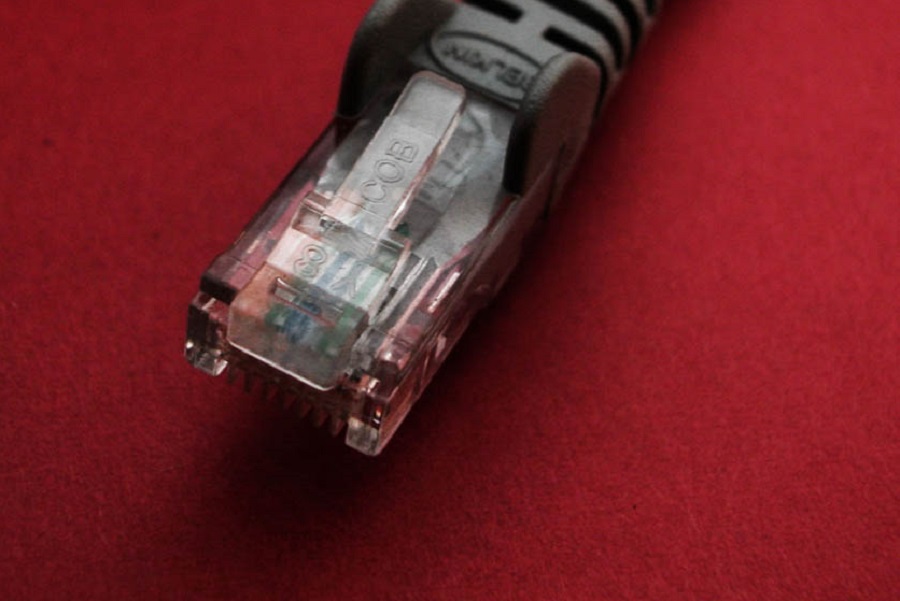Your Easy Guide to Improving Home Network Performance
Everything you need to know to boost your home network design

The number and type of devices that use your home wireless network is staggering. The list includes everything from computers and phones to home automation and appliances. With all those devices drawing bandwidth from your Wi-Fi, it’s no wonder your network occasionally feels all gummed up.
Luckily, all hope is not lost. Once you’re familiar with the basics of home network design, getting better performance seems much less daunting. This is especially true if you hire someone with extensive experience to handle the job. If you want to see more of what an integrator like Eighteen Group can do to improve your home network design, keep reading. Happy Valley residents and their neighbors throughout Oregon shouldn’t miss out on this opportunity.
SEE ALSO: Why Network Design is Important to Smart Home Builders
HOME WIRELESS BASICS
Three pieces of hardware form the backbone of your home’s wireless network: Your modem, your router and your cabling.
Your modem is what connects your home to your internet service provider (ISP). If you’re old enough to remember dial-up Internet service, the modem is what made that obnoxious dial tone when you were logging on. Many ISPs will offer to have you rent a modem, but buying one is a better long-term bet. If you just buy one, you’ll save money in the long run and get to keep the product, even if you change providers.
Once you’re online, your internet signal goes from your modem to your router. This way, you can connect more than one device to the Internet. A typical router comes with four ports for wired connections. Routers also generate a Wi-Fi signal throughout your home, though the strength of that signal will vary in different areas.
Now, let’s talk about your cables. It might seem like all cabling is identical or equally good, but that’s not the case. We’ll go into more detail later, but for now, the just remember that whatever connects your home to the Internet is likely different from the wiring that links devices in the house.
MODEMS, ROUTERS AND SWITCHES
The key consideration when buying a modem is to find one that can handle the max speed your ISP offers under your plan. If your maximum download speed is 500 megabits per second, for example, your modem needs to be rated for that speed. There’s no harm in buying a faster modem (i.e., a 500 Mbps modem when your max speed is 250 Mbps), but doing so won’t make your network any faster. Buying a faster modem will help you prepare for future upgrades, though.
Just like your modem, it’s vital that your router can handle your maximum download and upload speed. Routers are a bit more complicated, however, so there are more factors to watch for. You want a router that uses the latest wireless communication protocols. The current fastest Wi-Fi standard is 802.11ac, so be sure your router is up to date. (You’ll most likely see something like “wireless AC” on the box.)
Once you have a modem and router installed, there are other devices you can use to direct and amplify your Wi-Fi signal. Wireless extenders increase the strength of your network by broadcasting their signal from the router further through the house. Network switches help you more effectively control the flow of your data by emphasizing specific devices or functions. For example, if you want to stream 4K video in your home theater, a network switch will ensure the appropriate bandwidth is allocated.
CABLES
A simple category system makes choosing the right wiring for your home a breeze. With Ethernet cables, the type of cable pictured with this blog, a higher number means it can handle more data. Anything you find with a rating of Cat5e, Cat6 or higher has a top speed of 1 gigabyte per second or more. That should be plenty for most homes. Replacing old wiring with Cat5e or Cat6 cables is a quick upgrade if you want a quick, cheap network boost.
If you want top-of-the-line performance from your network, however, you’ll need better cables connecting you to your ISP. The best option is fiber-optic cabling, which transmits data as light instead of electricity. Sending data as light offers much, much faster network speeds. However, fiber-optic Internet service is dependent on geography and your internet provider. If fiber-optic cabling isn’t available, go with coaxial cables. If you’ve ever looked behind your cable box, coaxial cable is what links your TV to your cable provider.
The best way to enhance your home network design is to have an integrator come to your home and see what can be done. Call us today at (503) 515-1192 to get started. You can also visit our contact page or leave a message in the chatbox below.




